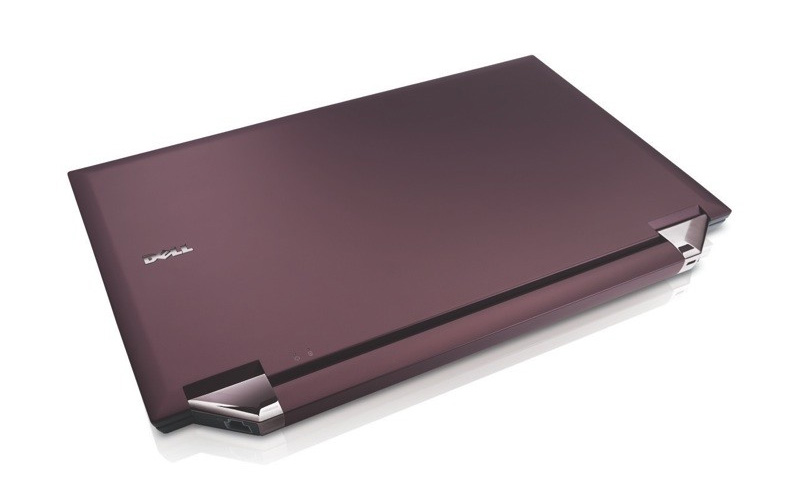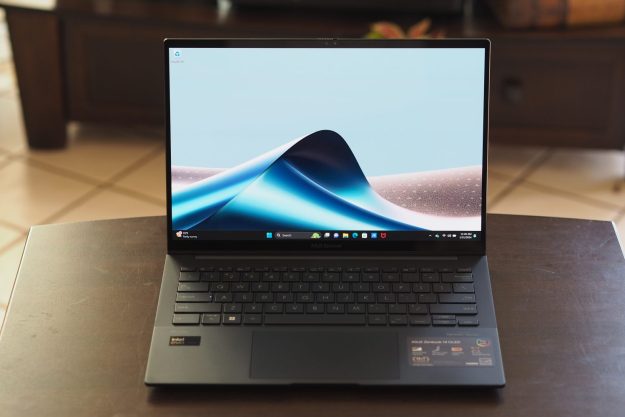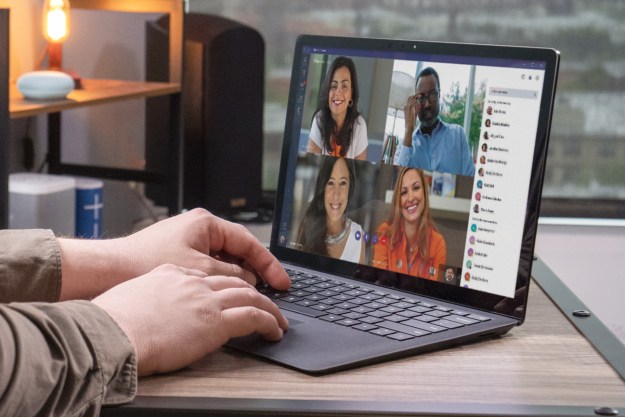
Microsoft Corporation has let the cat out of the bag, offering $44.6 billion dollars to take over Internet giant Yahoo. Under the deal, Yahoo shareholders would be able to take cash or equivalent shares of Microsoft stock, and the offer represents a stunning 62 percent premium over Yahoo’s market value at the close of trading on January 31, 2007.
"We have great respect for Yahoo, and together we can offer an increasingly exciting set of solutions for consumers, publishers, and advertisers while becoming better positioned to compete in the online services market," said Microsoft CEO Steve Ballmer, in a statement. "We believe our combination will deliver superior value to our respective shareholders and better choice and innovation to our customers and industry partners."
If the proposed takeover goes through—and passes regulatory scrutiny—a combined Microsoft and Yahoo would control a substantial portion of the rapidly-growing online advertising market, as well as hold a number of the Internet’s most visible properties, including Yahoo’s Internet search engine and online services like Yahoo Mail and Flickr. And in joining forces, the two companies would be in an even better position to challenge Google for dominance of the Internet marketplace.
Microsoft and Yahoo have danced around each other in the past, although the two companies have never managed to come to acceptable terms of a merger—in fact, the only real fruit of the companies’ collaboration has been communication between MSN Messenger and Yahoo Messenger. Industry watchers have consistently noted that while some aspects of the company’s businesses are complementary, others would be redundant: both offer Internet search engines, both offer Web-based email, both offer photo and media sharing, and both operate growing online advertising businesses. Nonetheless, Microsoft says it believes a combined company will succeed due to economies of scale provided by combining the their user bases and audiences, increased operational efficiencies, combined engineering talent, and the ability to drive innovations in emerging areas like online video and mobile communications.
And now, the ball is in Yahoo’s court: with the company having recently announced job cuts and a 23 percent drop in profits in its most recent fiscal quarter, Yahoo’s investors might be very tempted to collect a 62 percent premium on the value of their shares.
Editors' Recommendations
- Best Microsoft Office deals: Get Word, PowerPoint, and Excel for free
- How to delete or hide chats in Microsoft Teams
- Save $150 on a lifetime license for Microsoft Office for PC
- How to do a hanging indent in Microsoft Word
- Hurry! The Razer Blade 17 gaming laptop is 44% off today


